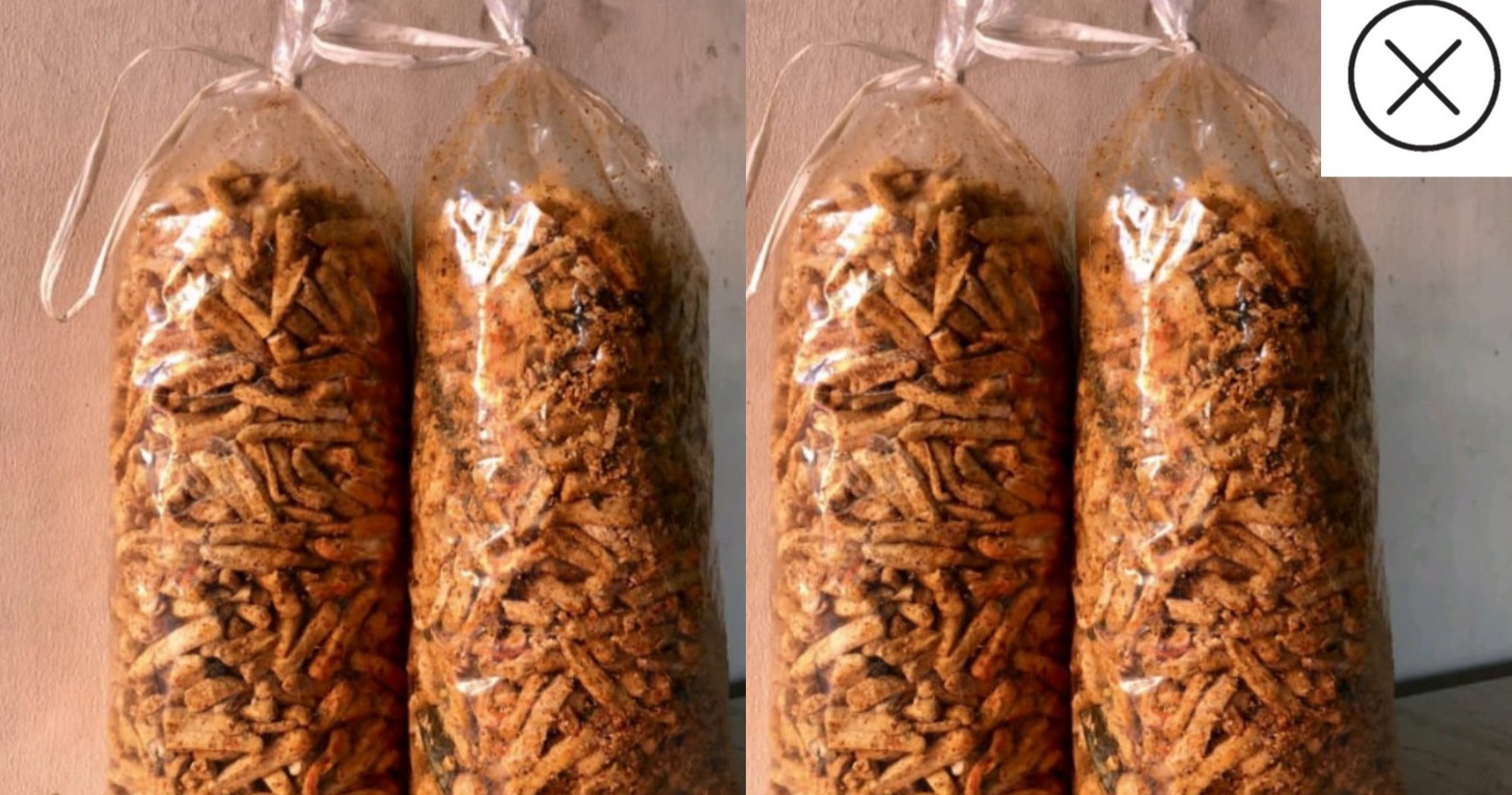Classification of Ignition System
Ignition system of an automobile is one of the most important system, as it gives necessary energy to the fuel for combustion. Depending on the electric energy supplied to the spark plug, ignition system is divided into two main types. They are namely inductive ignition and capacitor discharge ignition (CDI). Both the ignition types perform the same operation, but the difference is supply of electrical energy to the spark plug.
Inductive ignition Inductive ignition supplies energy to the spark plug by induced energy. These type of systems are being used from many years and the system is being updated by time. The most recent development is, introducing an Insulated Gate Bipolar Transistors (IGBT) into the system.
• Working Inductive ignition carries a single operation by a transistor turning on the current to the ignition coils of primary winding. The current stores energy in the magnetic coils and the current is switched off. When the energy stored in the magnetic coils begins to collapse, the coils resist the drop in current resulting a rapid voltage rise in the secondary winding. This high voltage helps to break down the air and fuel mixture in the spark plug, allowing spark to pass. This results in the ignition of the air-fuel mixture in the cylinder.
Inductive ignition provide longer spark and is more efficient when compared to the other type. They have longer spark because they only provide energy to cross the spark gap and the remaining energy from ignition coil is used to maintain spark. The advantage of longer spark is, it ensures complete combustion of fuel-air even in lean mixtures. In ignition system, time taken for charging ignition coil is called dwell. Dwell can be increased or decreased depending on the applications. Dwell is varied by changing the input energy into the primary coil. Dwell time is increased if we need a spark for a lean mixture or for a big cylinder.
Capacitor discharge ignition (CDI) Capacitor discharge ignition (CDI) systems are being used from few decades and are mostly utilized in large engines.
• Working CDI systems discharge energy into primary winding of ignition coil when required and the energy is stored externally in a capacitor. The rate of discharge is much higher than in the inductive ignition which causes corresponding increase in rate of voltage rise in the secondary coil winding.
The voltage rise in secondary coil creates spark that allows combustion of rich fuel mixture in the combustion chamber. The high initial spark voltage prevents leakage across the spark plug, insulator and electrodes which cause fouling, but leaves much less energy for longer spark. This may lead to insufficient combustion in lean mixture and may cause misfiring. To overcome this CDI systems use multi-spark ignition, where this resembles like an inductive ignition system by sparking various number of times during cycle.
Regardless of energy stored in the coil, both the ignition systems perform the same operation. Based on the cost and requirement ignition systems are installed in the automobiles.
Airtex Fuel Delivery Systems is the leading aftermarket supp
Inductive ignition Inductive ignition supplies energy to the spark plug by induced energy. These type of systems are being used from many years and the system is being updated by time. The most recent development is, introducing an Insulated Gate Bipolar Transistors (IGBT) into the system.
• Working Inductive ignition carries a single operation by a transistor turning on the current to the ignition coils of primary winding. The current stores energy in the magnetic coils and the current is switched off. When the energy stored in the magnetic coils begins to collapse, the coils resist the drop in current resulting a rapid voltage rise in the secondary winding. This high voltage helps to break down the air and fuel mixture in the spark plug, allowing spark to pass. This results in the ignition of the air-fuel mixture in the cylinder.
Inductive ignition provide longer spark and is more efficient when compared to the other type. They have longer spark because they only provide energy to cross the spark gap and the remaining energy from ignition coil is used to maintain spark. The advantage of longer spark is, it ensures complete combustion of fuel-air even in lean mixtures. In ignition system, time taken for charging ignition coil is called dwell. Dwell can be increased or decreased depending on the applications. Dwell is varied by changing the input energy into the primary coil. Dwell time is increased if we need a spark for a lean mixture or for a big cylinder.
Capacitor discharge ignition (CDI) Capacitor discharge ignition (CDI) systems are being used from few decades and are mostly utilized in large engines.
• Working CDI systems discharge energy into primary winding of ignition coil when required and the energy is stored externally in a capacitor. The rate of discharge is much higher than in the inductive ignition which causes corresponding increase in rate of voltage rise in the secondary coil winding.
The voltage rise in secondary coil creates spark that allows combustion of rich fuel mixture in the combustion chamber. The high initial spark voltage prevents leakage across the spark plug, insulator and electrodes which cause fouling, but leaves much less energy for longer spark. This may lead to insufficient combustion in lean mixture and may cause misfiring. To overcome this CDI systems use multi-spark ignition, where this resembles like an inductive ignition system by sparking various number of times during cycle.
Regardless of energy stored in the coil, both the ignition systems perform the same operation. Based on the cost and requirement ignition systems are installed in the automobiles.
Airtex Fuel Delivery Systems is the leading aftermarket supp
